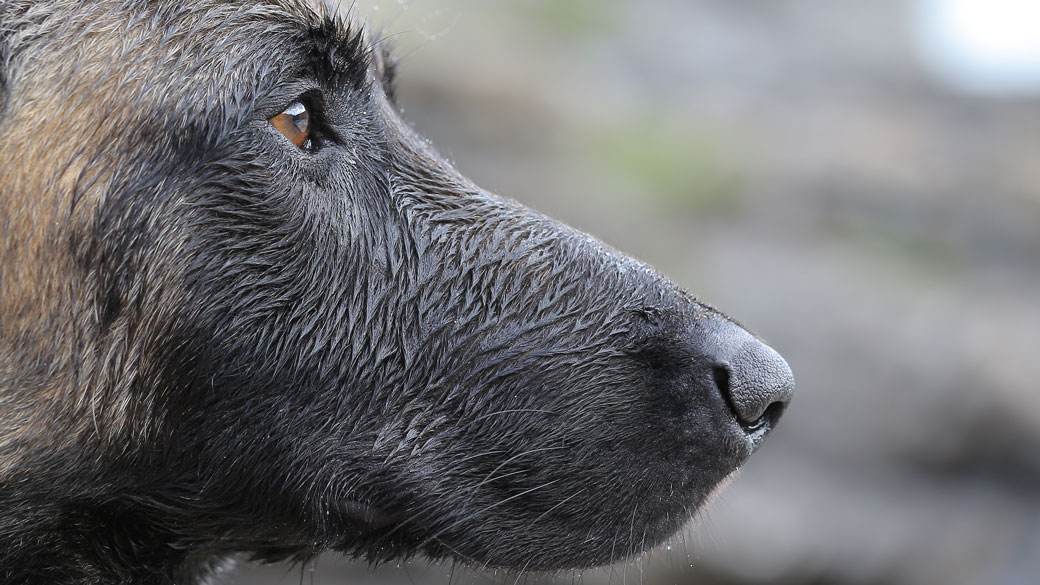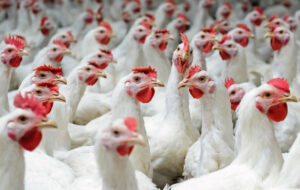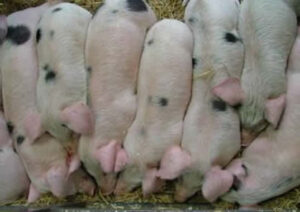NC State Veterinary Medicine Research Roundup, September 2020

A look at some of the latest published research from the NC State College of Veterinary Medicine.
Skull Injuries in Companion Animals
A survey study of traumatic skull fractures (TSF) in dogs and cats sheds light on the clinical and imaging features of the relatively frequent injury.
Researchers used computed tomography to compare neurological deficits, fracture locations and cause of trauma in 91 dogs and 95 cats. Among the findings, the cranial vault was affected more frequently in dogs, while the face and base of the cranium was affected more often in cats.
Cats experienced multiple fractures more frequently while all animals with TSF in the cranial vault were more likely to develop neurological signs, especially when there were depressed fractures. Those with TSF in the facial region were less likely to have neurological signs.
The study appears in the Journal of Veterinary Internal Medicine. Co-authors include Nicholas Petrovitch, Natasha Olby, Christopher Mariani, Peter Early, Karen Muñana, Julien Guevar and Alexane Durand.
Read the study here.
Antimicrobial Resistance in North Carolina Environments

A study identifying antimicrobial-resistance determinants and virulence factors in Salmonella and Escherichia coli collected from soil in both urban and natural areas in North Carolina suggests the need to conduct further studies comparing the profile of pathogens across different environments.
Overall, a higher presence of Salmonella and E. coli was detected in the urban environment, with Salmonella isolates showing resistance to the antibiotics sulfisoxazole and streptomycin. E. coli was resistant to sulfisoxazole, cefoxitin and ampicillin. All of the drugs treat a range of bacterial infections.
The research breaks down several other antimicrobial-resistant genes in both the urban and natural environments, adding to the understanding of how antimicrobial resistance develops.
Sid Thakur, Dawn Hull and Michelle Balbin are among the co-authors of the study published in the Journal of Global Antimicrobial Resistance.
Read the study here.
Pressure Sensitivity and Canine Glaucoma
A pilot study explores the impact of uncontrolled glaucoma on pressure sensitivity in dogs before and after removal of the eye to treat the painful chronic condition.
Researchers found that sensitivity to mechanical stimuli decreased in dogs following eye removal and noted that cranial conformation is associated with differences in sensitivity. Glaucoma is a leading cause of blindness in dogs.
The study, published in Veterinary Ophthalmology, is co-authored by Hans Westermeyer, Duncan Lascelles, Beatriz Lopez, Jacklyn Salmon and Ashley Zibura.
Read the study here.
Blood Chemistry of Broiler Chickens
A study pinpointing the effects of genetics, age and gender on broiler chicken performance and blood chemistry helps to determine normal healthy blood ranges for the breed, aiding overall veterinary care and medical disorder identification.
Among the findings: Male broilers had reduced blood sodium and chloride, along with increased total protein. Ross broilers had greater blood potassium and sodium compared with Cobb birds. The study results demonstrate the effectiveness of point-of-care devices in measuring blood chemistry and hematology in modern broilers.
Rocio Crespo is among the authors of the study published in Heliyon.
Read the study here.
The Gut Microbiome and TRP Channels
A study into the role of transient receptor potential (TRP) in shaping the gut microbiome is believed to be the first to demonstrate the distinct gut microbiome signatures in two specific TRP channels.
TRP channel family proteins sense a variety of thermal and noxious chemicals that are related to pain. Sensory neurons of the gut abundantly express TRPA1 and TRPV1 channels in close proximity to gut microbes, though there is a lack of direct evidence of TRP channels interacting with gut microbial populations.
The study outlines the makeup of these two channels related to presence of bacteria types, which may aid in development of diagnostic and therapeutic approaches related to TRP channel proteins. Santosh Mishra is a co-author of the study published in Pathogens.
Read the study here.
Suture Techniques in Tendon Surgery
Large-caliber sutures have a greater tensile strength for use in tendon surgery performed with locking-loop technique, according to a study co-authored by Daniel Duffy and Yi-jen Chang.
For the study, tendon constructs were tested to failure. Yield, peak, failure forces and failure causes were then compared between types of suture techniques. Researchers note that further studies are required prior to use of large-caliber suture in patients requiring tendon surgery.
The American Journal of Veterinary Research published the study.
Read the study here.
Transmission of PRRSV in U.S. Pig Farms 
A study into the transmission routes of porcine reproductive and respiratory syndrome virus (PRRSv) in the United States offers insights into the processes leading to its spread within and among pig farms.
PRRSv remains widespread in the North American pig population, but it remains unclear whether infections are the result of circulation within a farm, within production systems or across production systems.
The study, published in Transboundary and Emerging Diseases, found that PRRSv dissemination occurred mostly through transmission between farms of different production companies, peaking from November through May.
High density of farms and farms near major roads were more likely to experience PRRSv infections, while higher elevation and denser vegetation acted as dissemination barriers.
Understanding PRRSV transmission routes could potentially lead to targeted strategies for prevention and control. Gustavo Machado and Manuel Jara are among the study’s authors.
Read the study here.
~Jordan Bartel/NC State Veterinary Medicine


